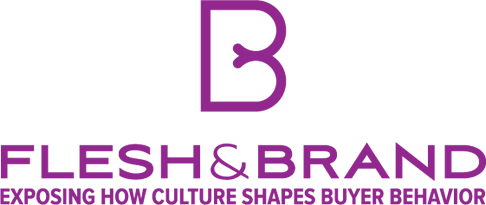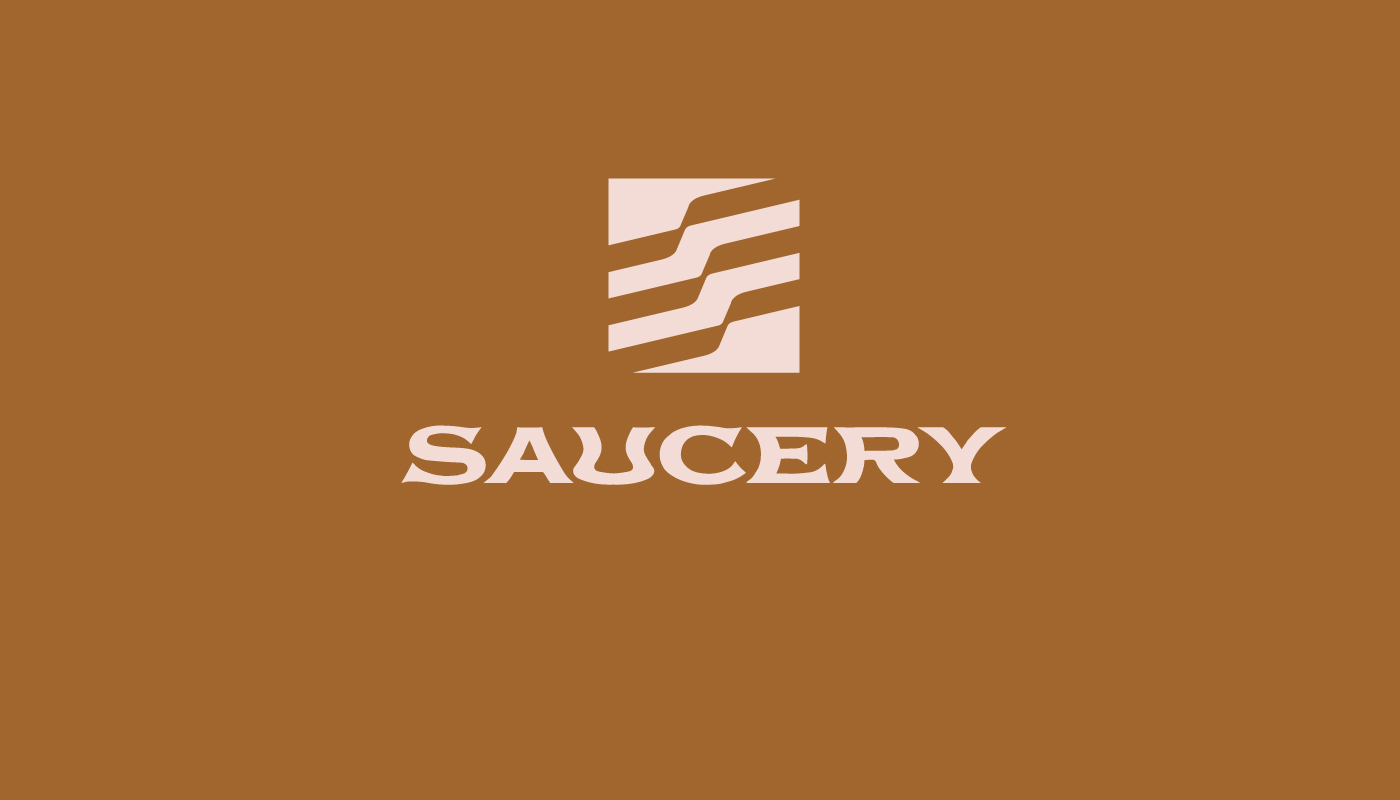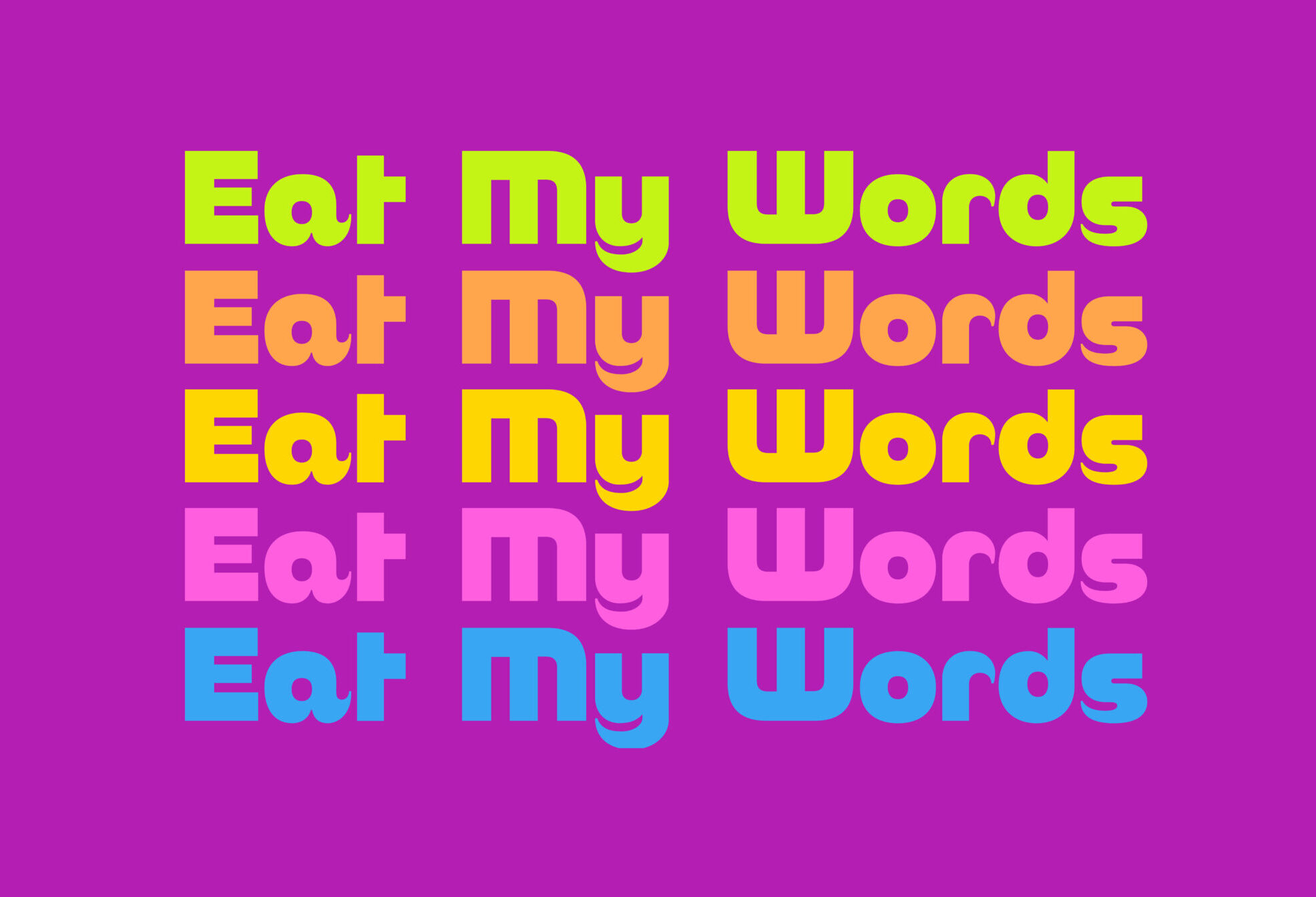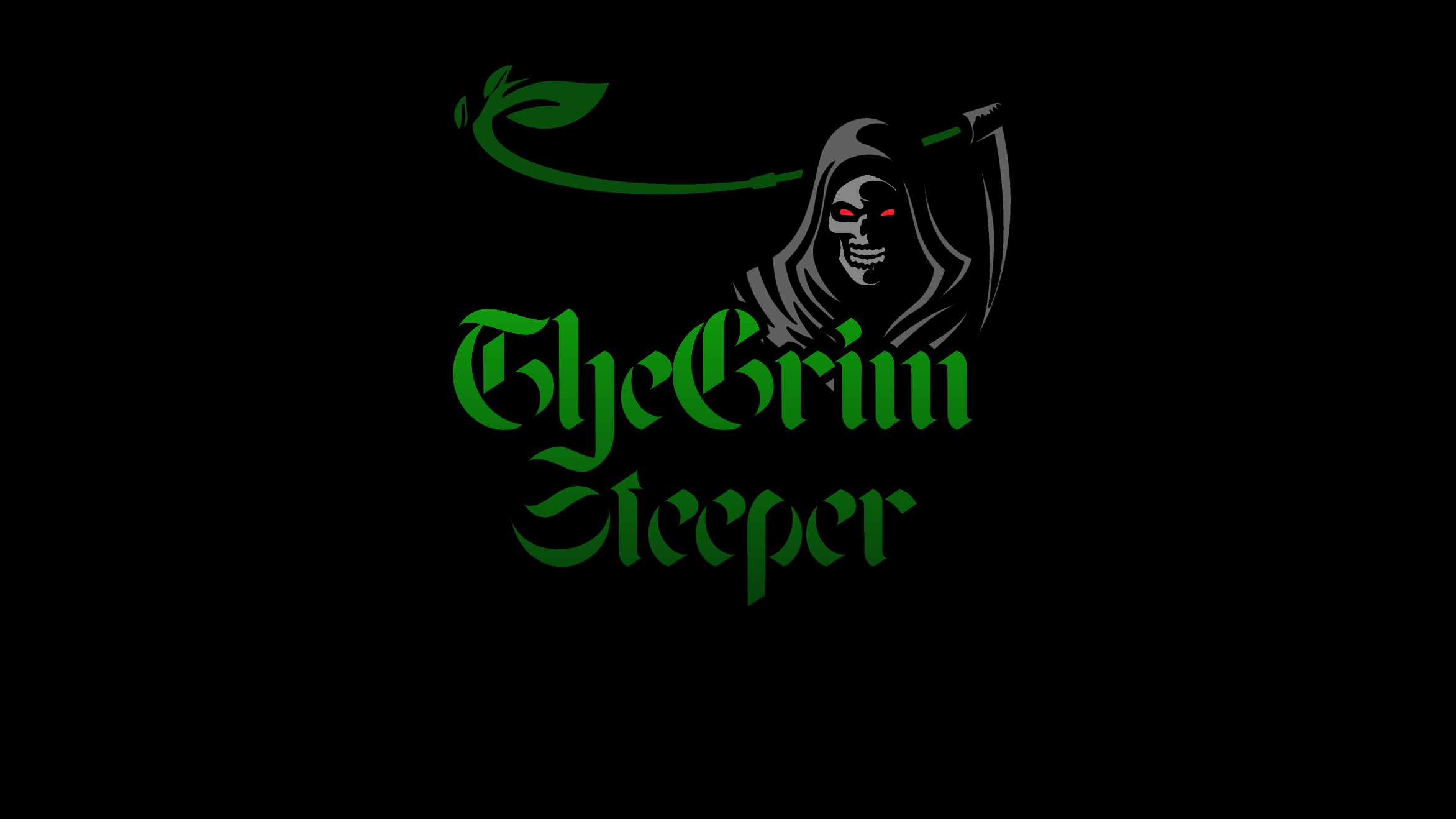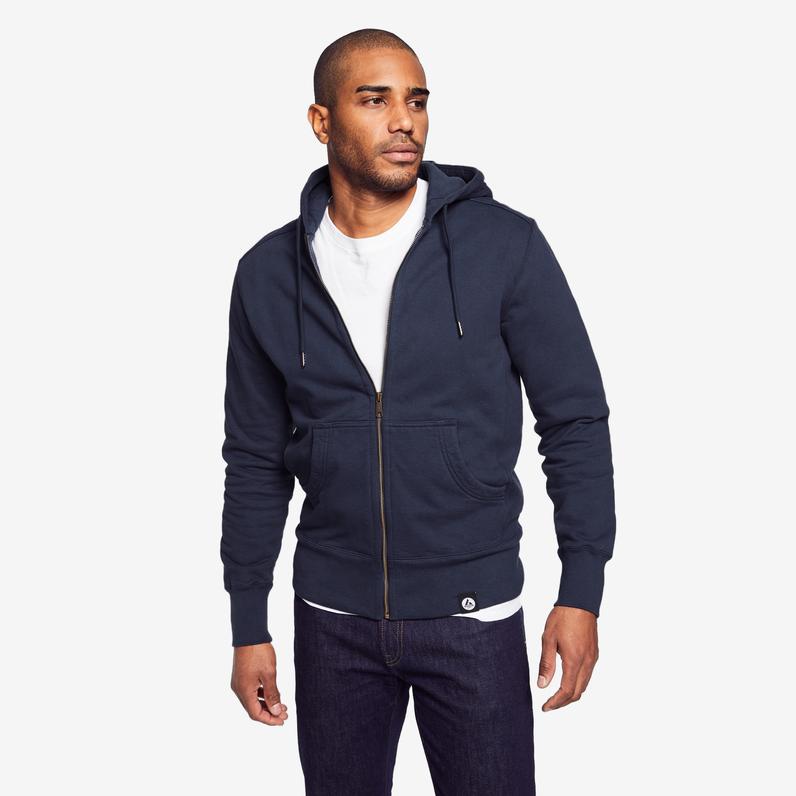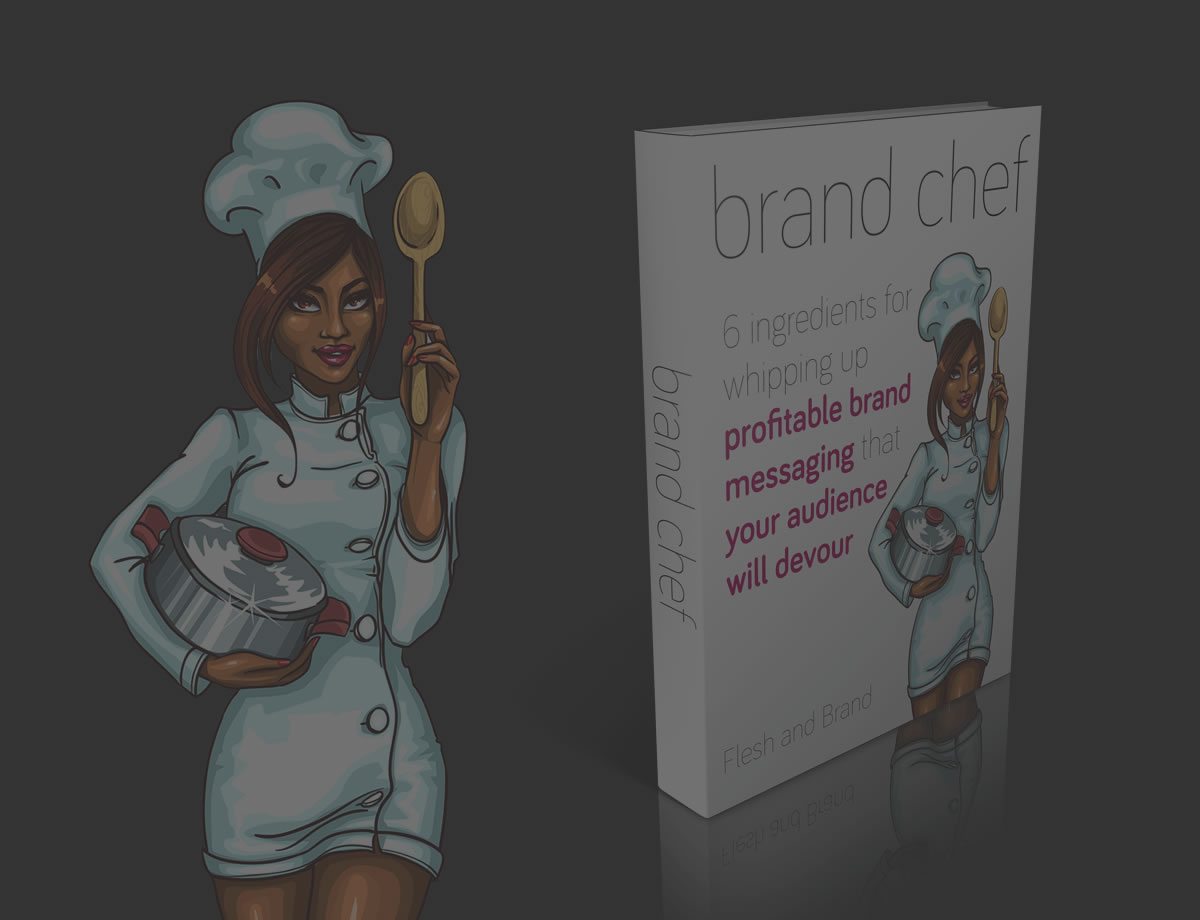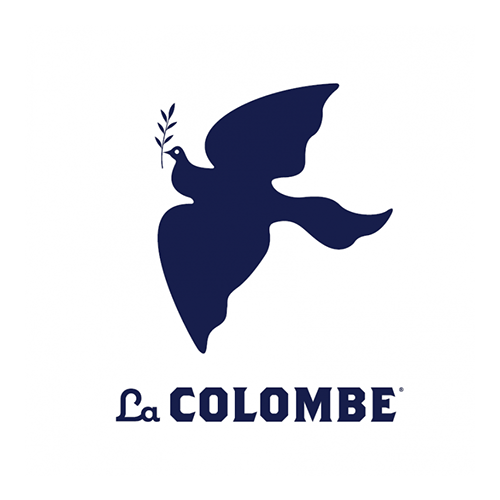

VERBAL BRAND STRATEGIST.
What do I mean by “cultural storytelling?” Here’s an in-depth example:
My method of brand building uses commercial semiotics, a research method that studies signs and symbols and decodes consumer culture by analyzing shared meanings between brands and audiences.
Semiotics helps agencies understand how consumers unconsciously respond to images and words (examples of signs and symbols), so they can predict an audience’s reaction to their brand messaging and design in advance.
Semiotics also understands that consumer groups share cultural values and buying behaviors. For example, women in the U.S. make up over 50% of all wine consumers but only 25% of beer.
This isn’t just a matter of personal taste: American women are conditioned to associate wine with sophistication and various media, like television and movies, reinforce these “norms.”
And what does “sophisticated” mean to these women? For “stay-at-home moms,” it signifies an escape from the drudgery of routine and having an identity outside of “mom.” Unsurprisingly, their preferred libation is vino, and they’re often called “wine moms.”
If a brand agency had a brewery client who wanted to persuade these women to trade their Syrah for suds, advising their client to match beers from their inventory to popular wines with similar profiles and to host a swanky beer tasting for lady wine enthusiasts would be a damn fine start.
Any credible agency knows powerful branding is rooted in research. But if you want to appeal to an audience’s innermost desires, you’ll need more than consumer personas, interviews, surveys, questionnaires, and stats.
You’ll need to identify and understand the cultural factors that drive their behavior.
For example, if you wanted to uncover the real reasons why “stay-at-home moms” aspire to be “sophisticated,” you’d start by researching how they’re viewed and portrayed in American society, why “wine mom” culture is so pervasive, and why it originated.
Designing visuals and copy based on these findings produces more persuasive branding than traditional market research alone.
Semiotics borrows sensory cues across numerous categories and industries, giving agencies (and their clients) a competitive advantage.
In our example, adopting “sophisticated” visual elements from classes like premium liquor, luxury food packaging, Michelin-starred restaurants, even fine art galleries, can make the brewery’s design more enticing to these potential consumers.
I’ve illustrated how agencies can tap into consumer culture to make brands more appealing to buyers. But what about employees? Branding is just as crucial for building trust with them as it is for customers.
“The Great Resignation” didn’t appear out of thin air; the pandemic just deepened the existing divides between business owners and workers.
Continuing with our example, savvy agencies can also use semiotics to create internal branding that resonates with brewery staff members by framing company values around their needs.
Centering employees reduces internal conflicts, increases retention rates, and encourages them to become enthusiastic brand ambassadors.
Marketers understand that keeping existing buyers is easier than finding new ones. This logic also applies to workers.
